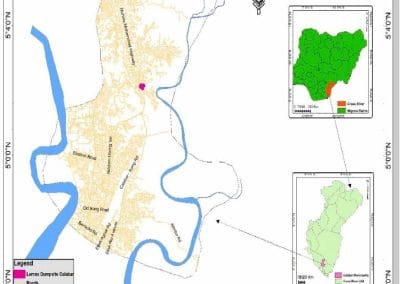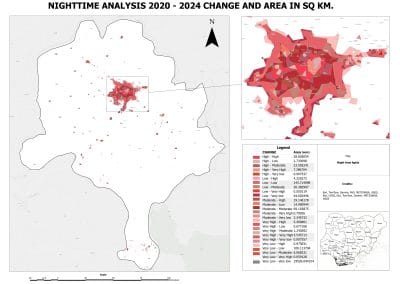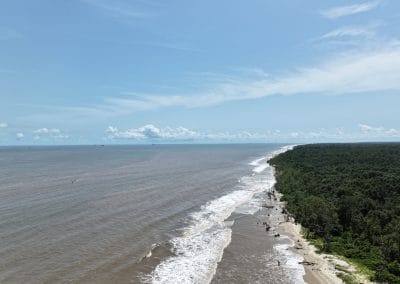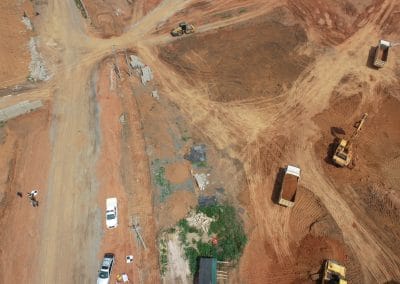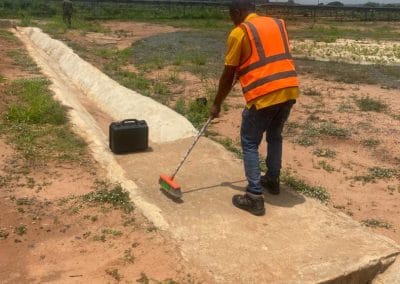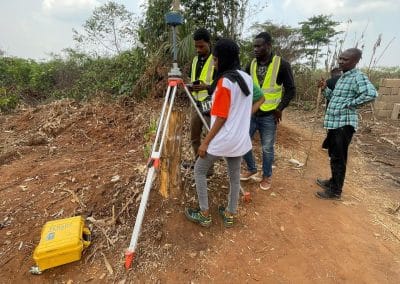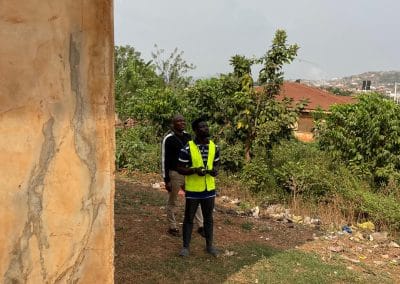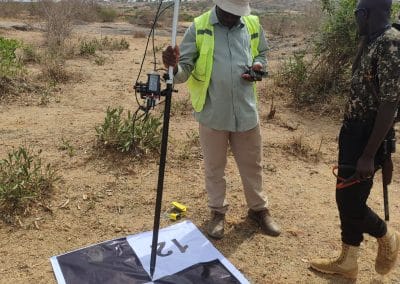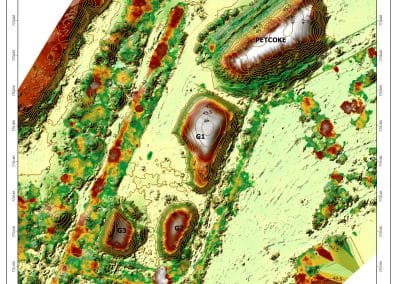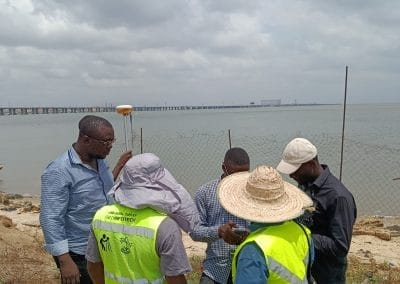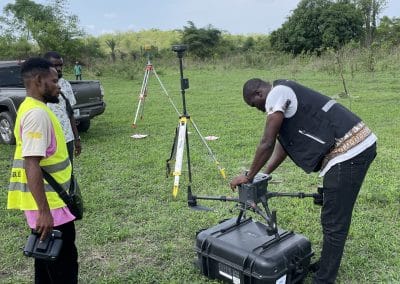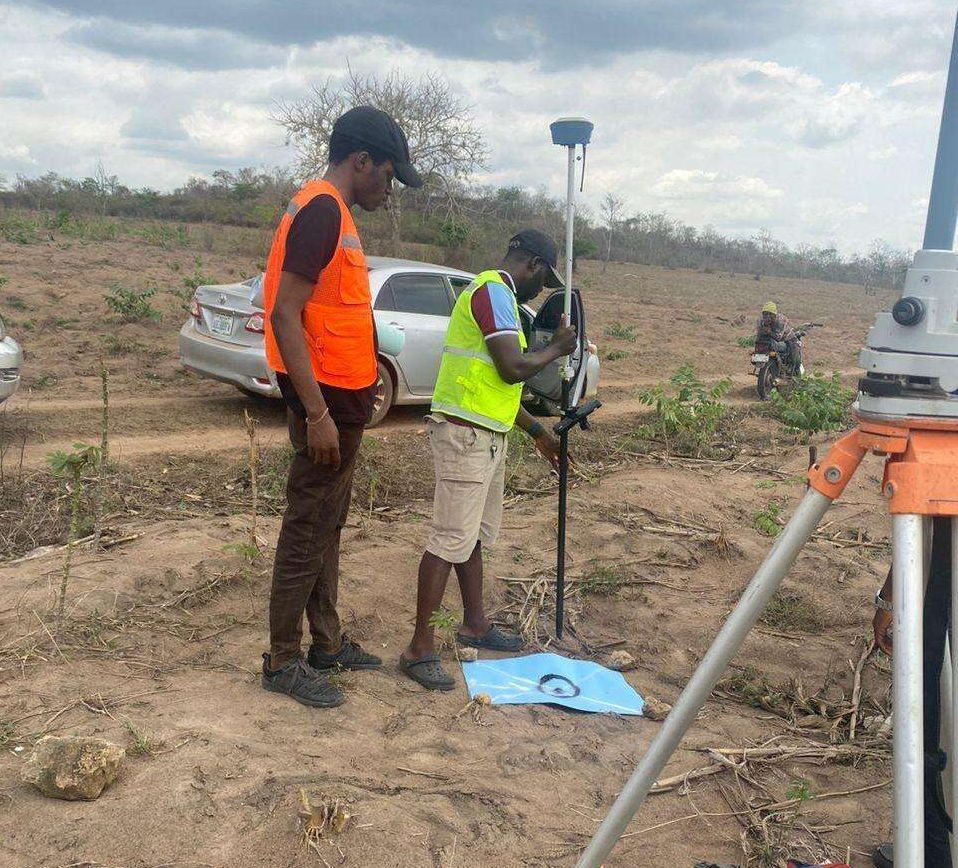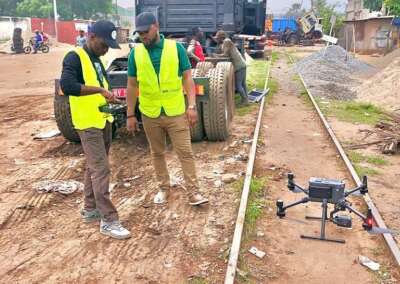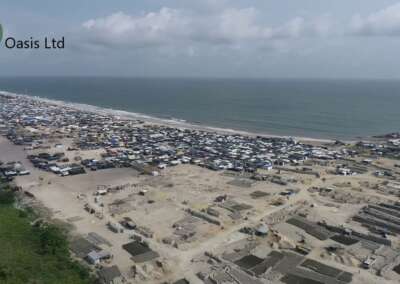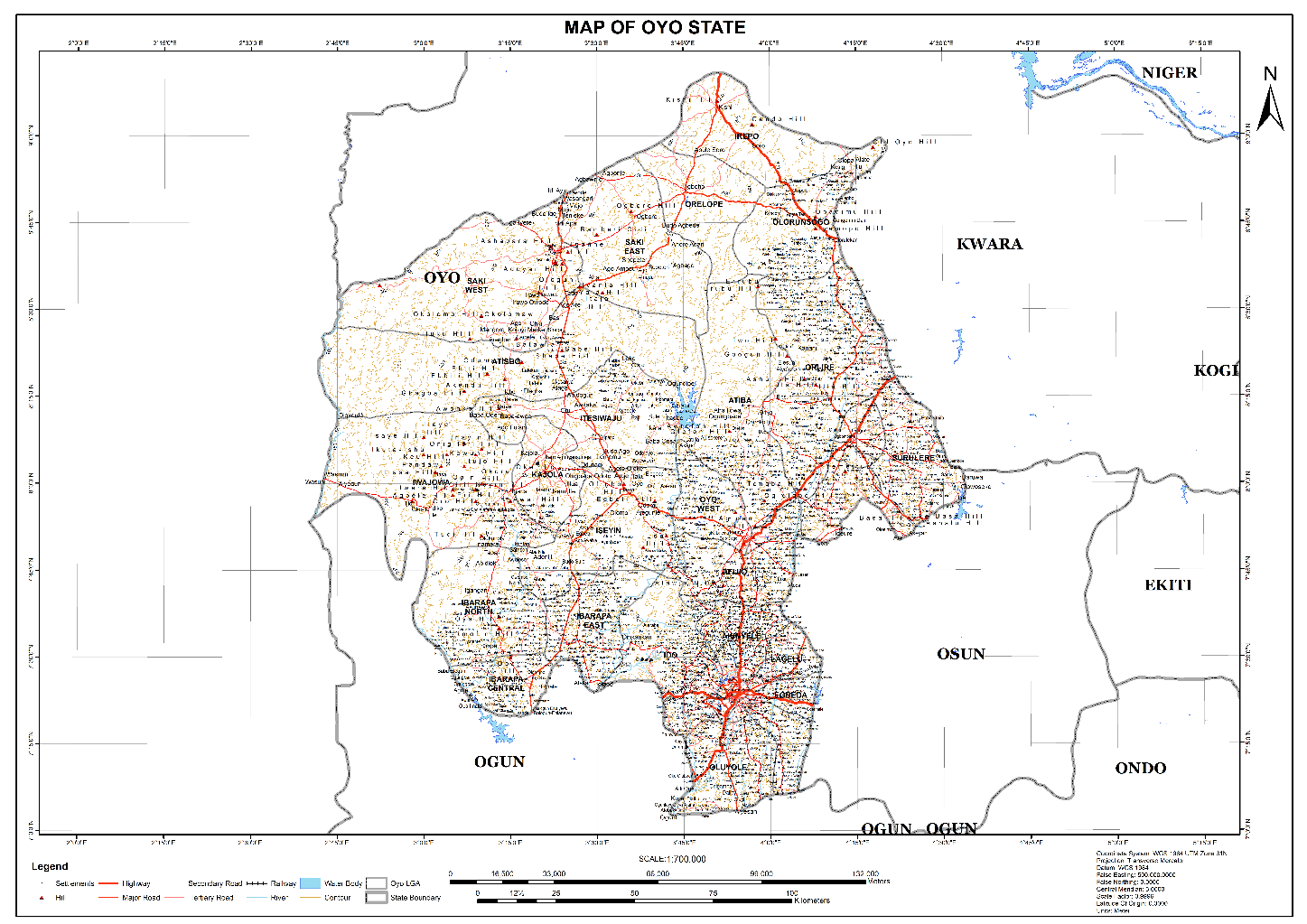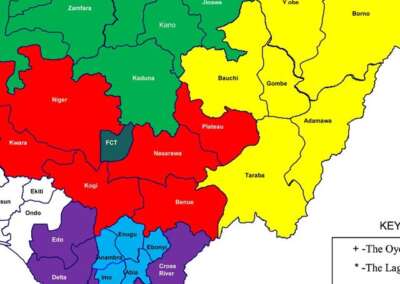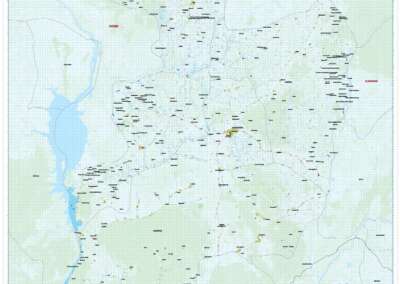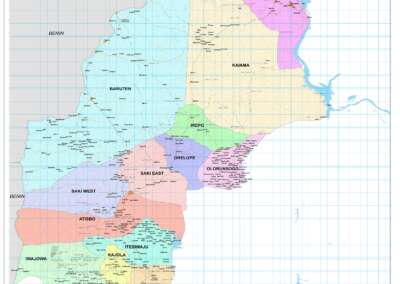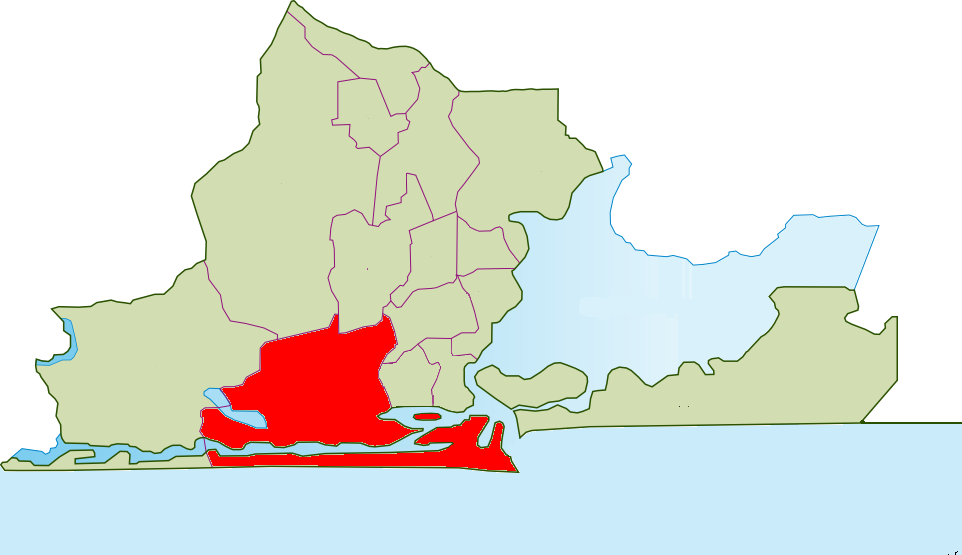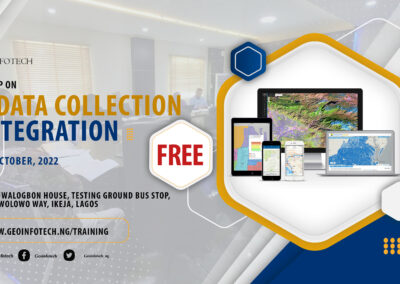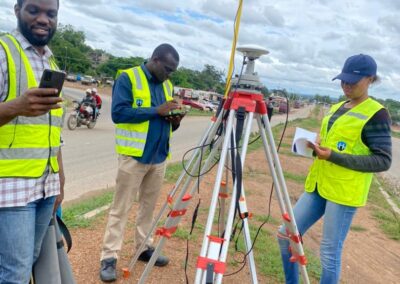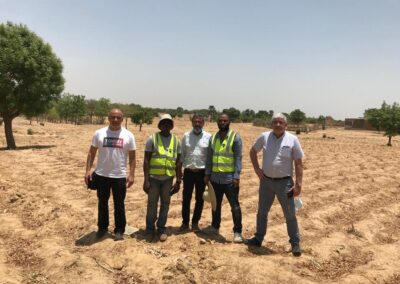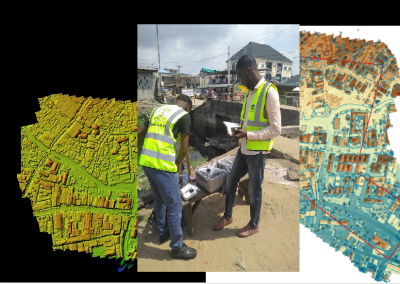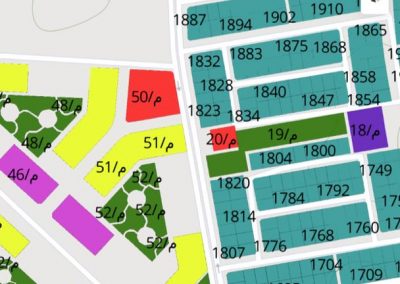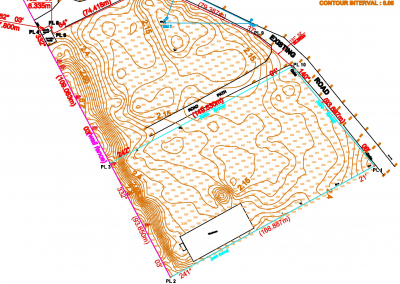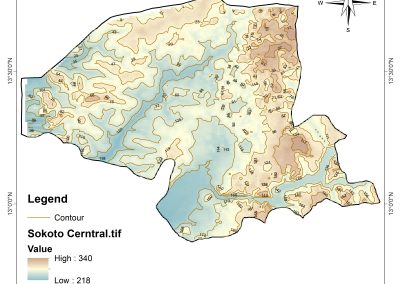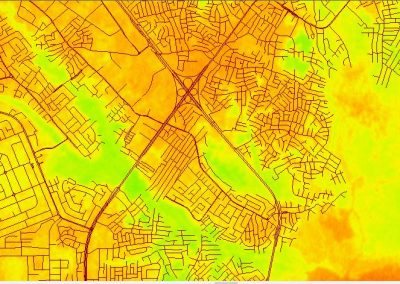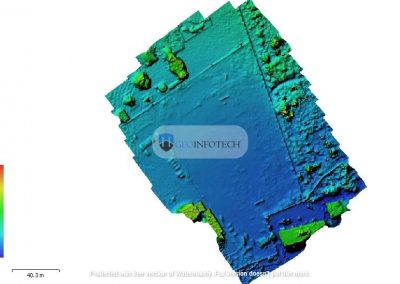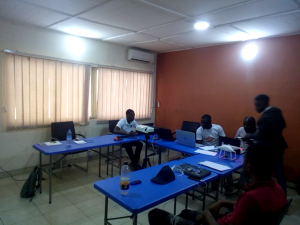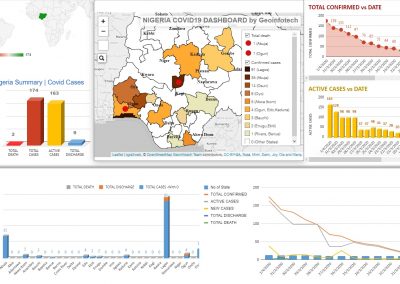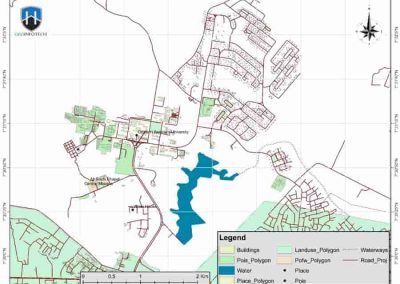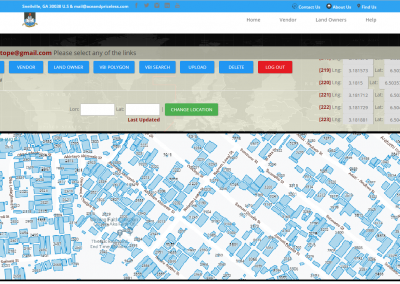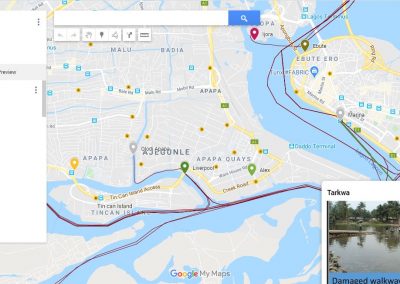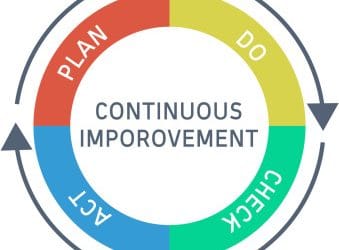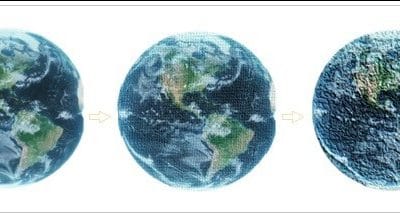In a world increasingly shaped by data, one open-source platform stands out for transforming how we understand and interact with our environment: QGIS.
Once upon a time, access to geospatial tools was reserved for well-funded institutions and private companies. Proprietary software like ArcGIS dominated the space, often locking out students, small NGOs, and independent researchers due to cost barriers. But QGIS — free, community-driven, and packed with features — has rewritten the story.
What Makes QGIS So Revolutionary?
QGIS isn’t just “the free alternative to ArcGIS.” It’s a *movement*. A living, evolving project powered by a global community of developers, analysts, mappers, and hobbyists who believe that geographic tools should be accessible to everyone.
At its core, QGIS promotes geospatial literacy. With it, a high school student in Nigeria can analyze flood risks in their community just as effectively as a city planner in New York. An environmental NGO in Kenya can use it to map deforestation patterns, while a researcher in India can track urban heat islands — all without paying a dime.
The Hidden Superpower: Customization and Plugins
QGIS grows with you. As your skills deepen, the software unfolds new layers of possibility. Need to conduct a land suitability analysis? There’s a plugin for that. Want to automate repetitive tasks? QGIS integrates with Python through PyQGIS, letting you script your entire workflow.
And then there’s the Processing Toolbox — a command center of spatial algorithms ranging from simple buffers to complex hydrological models. The modular nature of QGIS makes it an ideal platform not just for map-making but for problem-solving.
Real-World Impact
QGIS has been used in:
- Disaster response: Mapping earthquake damage in real time.
- Epidemiology: Tracking disease outbreaks, like cholera or COVID-19.
- Agriculture: Assessing crop health using satellite imagery.
- *Urban development: Planning transportation networks and optimizing land use.
These aren’t just classroom exercises — they’re life-saving applications.
Open-Source, Open-Minded
One of QGIS’s most powerful traits isn’t technical — it’s *philosophical. The project embraces openness not only in code but in **collaboration*. Users from different countries and backgrounds contribute plugins, translations, documentation, and solutions.
This collaborative ecosystem has led to rapid growth, but also to something rarer: *trust*. In an era of data privacy debates and proprietary silos, QGIS remains transparent, auditable, and community-driven.
The Road Ahead
QGIS continues to evolve with each version, bringing in features like:
- 3D visualization
- Web map publishing with QGIS Server
- Direct cloud storage access (Google Drive, Dropbox)
- Enhanced symbology and print layouts
As geospatial data becomes more vital — in climate change, urban planning, sustainability, and humanitarian work — tools like QGIS will only grow in importance.
QGIS isn’t just software. It’s an enabler. It’s a bridge between curiosity and capability, between data and decisions. Whether you’re a student mapping your school environment or a policymaker shaping national infrastructure, QGIS gives you the power to see the world differently — and change it.





